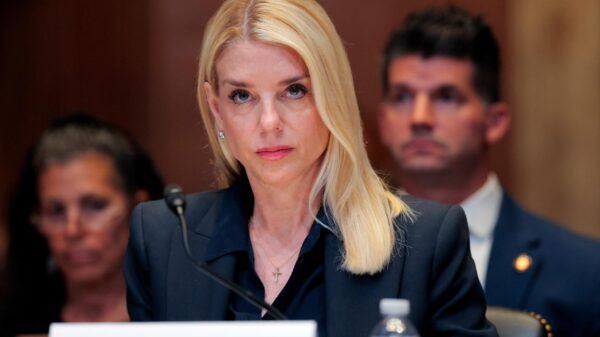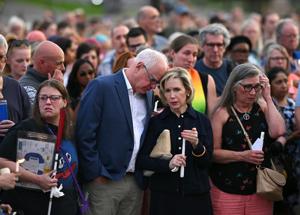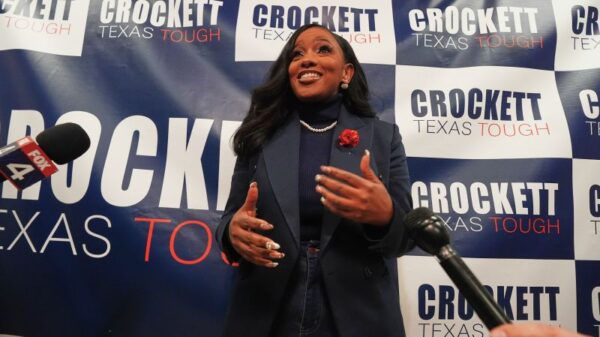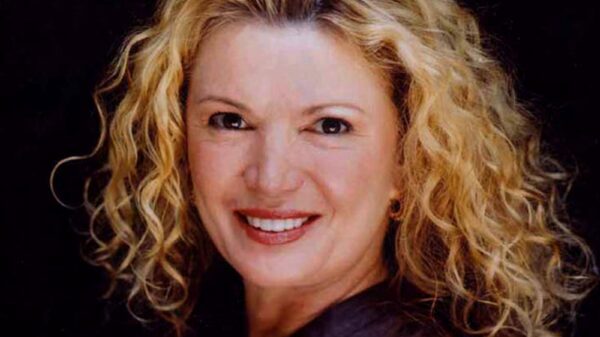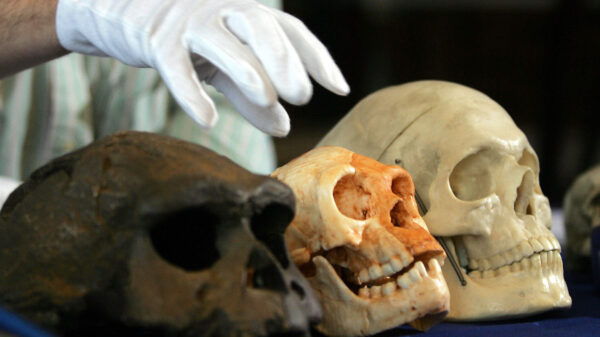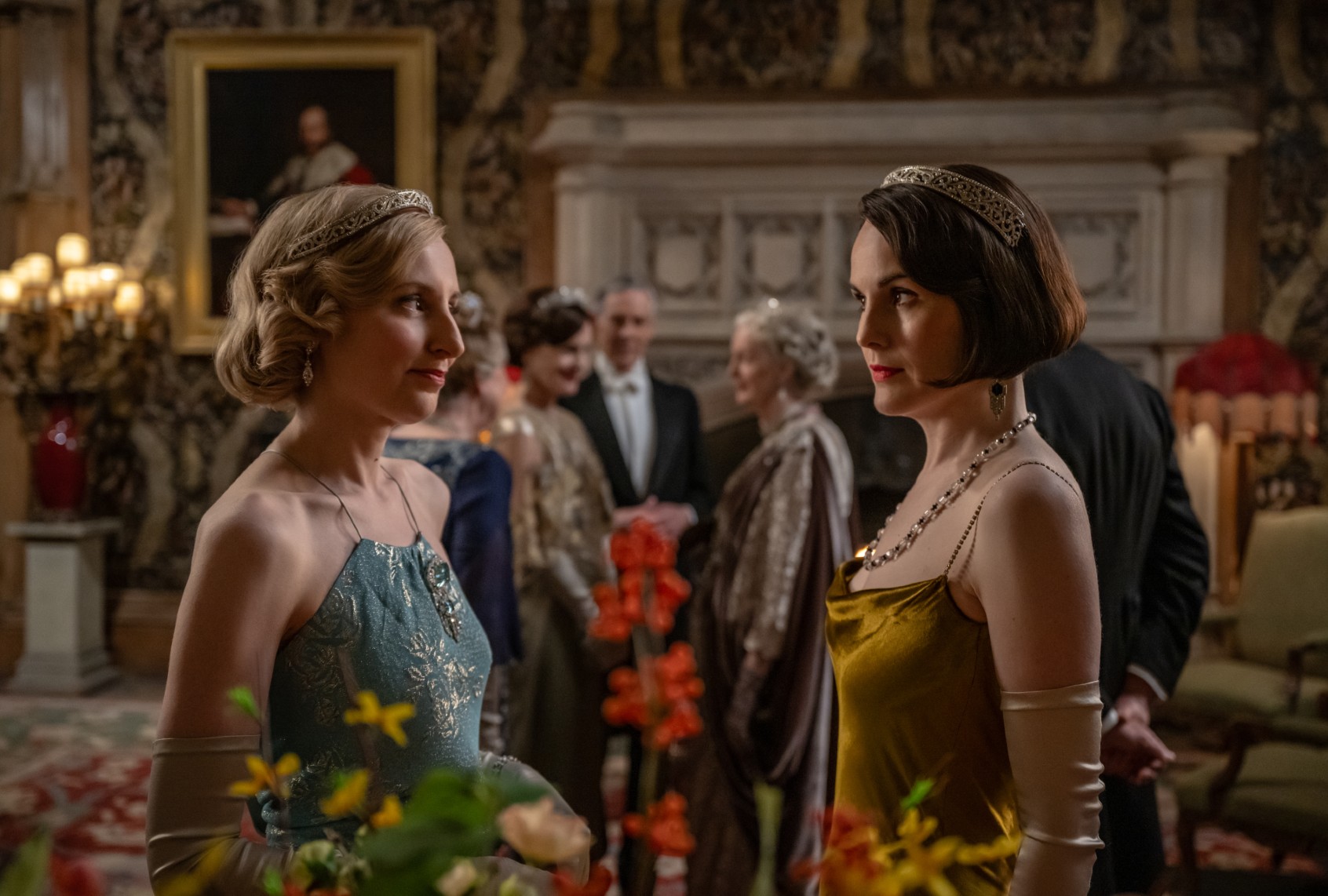The latest installment of the beloved franchise, “Downton Abbey: The Grand Finale,” showcases the personal and societal challenges of divorce through the experiences of Lady Mary, played by Michelle Dockery. In this film, set in 1930s Britain, Lady Mary navigates the complexities of love and reputation after her marriage to Henry Talbot, portrayed by Matthew Goode, faces public scrutiny and scandal.
The narrative begins with the revelation of Lady Mary’s divorce, an event that sends shockwaves through high society. During a grand ball in London, the host, Lady Petersfield, abruptly interrupts the festivities to announce the end of Lady Mary’s marriage. This moment captures the rigid social norms of the time, where divorce carries a stigma that ostracizes women from elite circles. Lady Mary and her family are forced to retreat from the dance floor, symbolizing the harsh judgement faced by divorced women in that era.
Such social dynamics resonate with the experiences of women today, who often find themselves grappling with financial and emotional challenges post-divorce. In contemporary society, there is a support structure for divorced women, including divorce parties and registries aimed at helping them rebuild their lives. In contrast, the women of the early 20th century faced an unyielding code of propriety that often left them isolated.
The writing of Julian Fellowes, creator of “Downton Abbey,” reflects a deep understanding of these societal shifts. The film portrays how Lady Mary’s journey mirrors the struggles of women across generations. Fellowes, who also serves as co-showrunner for HBO’s “The Gilded Age,” explores similar themes of marital strife and social standing.
In “The Grand Finale,” the consequences of divorce become painfully evident as Lady Mary’s past catches up with her. The gossip machine churns relentlessly, leaving her unable to find even a small gathering to restore her social status. The film presents a stark contrast between the public perception of divorce in Lady Mary’s time and the more liberating attitudes seen in modern culture, where women like Martha Stewart and Kim Kardashian thrive after separation.
The societal changes are also evident in “The Gilded Age,” where a character named Aurora Fane grapples with her husband’s infidelity. Aurora’s refusal to pursue divorce highlights the oppressive norms of her time. Her poignant response to her husband underscores the fear of losing social standing: “Do you think I would be welcome in the circles where I am welcome now as a divorced woman?” This sentiment resonates with Lady Mary’s plight, showcasing the heavy weight of societal expectations.
As the story unfolds, Lady Mary’s fortunes begin to shift when she capitalizes on the allure of celebrity. The arrival of Noël Coward at a Crawley family dinner signifies a turning point. Coward, portrayed by Arty Froushan, becomes an ally, enhancing Lady Mary’s social standing and allowing her to reclaim her identity. The film illustrates how the intersection of art and high society can alter the perception of divorced women, offering them opportunities previously thought unattainable.
In both “Downton Abbey” and “The Gilded Age,” the power of celebrity emerges as a transformative force. Characters like Mary and Aurora find new paths to acceptance and success through their connections to the arts. This shift reflects a broader cultural evolution, where societal norms are challenged, allowing women to redefine their identities outside the constraints of marriage.
Lady Mary’s journey culminates in a triumphant moment when Coward performs his song, “Poor Little Rich Girl,” inspired by her life. This scene not only symbolizes her personal growth but also highlights the changing narrative surrounding divorce. As the film concludes, Lady Mary stands as a figure of resilience, asserting her independence and embracing her role as a leader in her community, despite the challenges she has faced.
“Downton Abbey: The Grand Finale” is currently screening in theaters, offering audiences a poignant exploration of love, loss, and the evolving status of women in society. The film serves not only as a continuation of the beloved series but also as a commentary on the enduring impact of societal expectations on personal identity.











